If you want to know which bib shorts to buy and which chamois is best for you, take a few minutes to read this article and use it as a guide to choosing bib shorts whether you’re just starting out in cycling or you’ve been riding for a while.
Bib shorts are an essential garment in cycling and consist of three crucial elements: chamois, suspenders and fabric (most commonly lycra). Depending on the quality and finish of each of these three parts, there are high-, medium- and low-end bib shorts. Prices in these categories will differ accordingly given their characteristics and their target groups are defined by how the bib shorts are going to be used. This does not mean that the best bib shorts are meant only for bike addicts, but price is an important factor in this decision making process.
Chamois
The most important element providing comfort on the saddle in three fundamental ways:
- Absorbs part of bodyweight pressure from sitting on the saddle.
- Dampens road vibrations.
- Reduces chafing due to pedaling.
To achieve this three-fold objective without becoming a source of heat, sweat and humidity, chamois are made of foam and may include gel inserts or carbon threads. Foams come in different compositions, textures and densities. PLEASE NOTE that we are not talking about thickness, as more thickness does not mean more comfort, but more density. The thicker it is, the more weight it supports.
Chamois usually combine foams with different densities. In areas experiencing more pressure (ischium) it’s denser and in areas with less pressure (genitals) it’s slightly less dense. In areas with no pressure but with a lot of friction, the foam is thin to protect the groin from chafing and wick away sweat preventing excess moisture.
The best chamois include high-quality viscoelastic foams able to withstand a lot of pressure for long periods of time. Gel inserts are used to enhance protection in the areas that are in frequent contact with the saddle as they are particularly exposed to bodyweight pressure, road bumps and vibrations. They provide more comfort but less breathability as the gel does not transpire.
Bib shorts for women have specific chamois adapted to the anatomical differences in the ischium, genital and perianal area. There are also special chamois for time trials where the pressure is concentrated in the perianal area, or reduced size and low density chamois for triathlon to prevent excess, sponge-like moisture accumulation during the swimming portion and chafing while running.
The vast majority of bib shorts, even the lower-range ones, have chamois with foams made of antibacterial, hypoallergenic and anti-odor materials.
Being the most important part of the bib shorts, the chamois defines the price range and usually the most expensive bib shorts also include the best chamois. You can find very good chamois in mid-range bib shorts, which probably means that a compromise was made at the expense of some other elements.
Suspenders
Although there are models of bib shorts without suspenders we do not recommend them for cycling unless, for some reason, it is absolutely necessary for you. Bib shorts with suspenders are much better as they provide a better fit and hold the garment in place, preventing the bib shorts from falling down or the chamois from moving.
Good suspenders must be elastic but also firm and breathable. They are a key part of the bib shorts because the way they feel when you grab them, stretch them and put them on your shoulders tells us a lot about the overall quality of the bib shorts. The ultimate suspenders are lightweight, soft, firm, elastic, and breathable but also durable at the same time, and these characteristics can only be found in high-end bib shorts, such as the SRX from Siroko.
The suspenders on the bib shorts for women are also specially designed to fit the female chest. There are different options:
- Suspenders with specially curved and shaped straps to avoid pressure on the breast.
- Suspenders with straps extending slightly outward to avoid going right over the breast.
- Crossed suspenders with a single strap across the middle of the breast.
Each option has its pros and cons as each woman has a different breast size and what works for one is uncomfortable for another.
Whatever your choice, and whether you are a woman or a man, choose wide, flat suspenders. Narrow suspenders exert more pressure and if there are any seams or rough edges, they can become very uncomfortable.
Lycra
Before the invention of this synthetic fiber (1958), our ancestors rode bicycles in their everyday clothing. The first cycling-specific shorts appeared in the late 19th and early 20th century along with the increasing popularity of bicycles. At that time, bib shorts were made of wool, more versatile and elastic than other natural fibers, but not exactly as soft as today’s wool garments. It was not until the 1940s that synthetic fabrics such as nylon or natural fabrics such as silk came into use. The revolution came with the first use of lycra in cycling in the mid-1970s.
This brief history of the fabrics used in bib shorts helps us explain why lycra is the most widely used fabric in cycling. Its lightness, elasticity, firmness and breathability are essential to achieve comfort on the bike, but not all lycra fabrics are the same. There are a multitude of combinations in terms of composition, weight and density.
High-end bib shorts have lighter and better-fitting lycra fabrics for greater comfort. As we move down the range, the lycra composition changes, but there always has to be good breathability to wick away sweat and a correct fit so that the bib shorts do not move and the chamois stays in place.
Bib shorts consist of several parts called panels that can be made of different types of lycra because in some areas you need more firmness and in others more breathability. More panels does not always mean higher quality because there are also high-end bib shorts with very few panels, but generally more panels offer a better fit and therefore better bib shorts. The seams that join these panels must be external, flat and resistant to avoid chafing, snags and tears.
Bib shorts must hold well onto the thigh so that they do not move up. There are different types of such leg grippers. Elastic bands are the most basic, in mid-range models these bands include extra rubber padding and in the high-end bib shorts there is an extra inner gripper made of materials such as silicone.
Finally, let us give you three pieces of advice:
- Choose the right size. Bib shorts that are too large won’t fit properly, and if they’re too small they will be too tight. Check the brand size chart.
- Do not wear underwear under your bib shorts.
- Use a saddle that is appropriate for your size and type of cycling, and make sure it’s in the correct position.
That being said, we realize that buying good bib shorts can be quite costly, but think about how much time you’re going to spend on the saddle. If you divide their price by all the hours you use them, you’ll realize that it’s worth spending a little extra money on the right bib shorts.
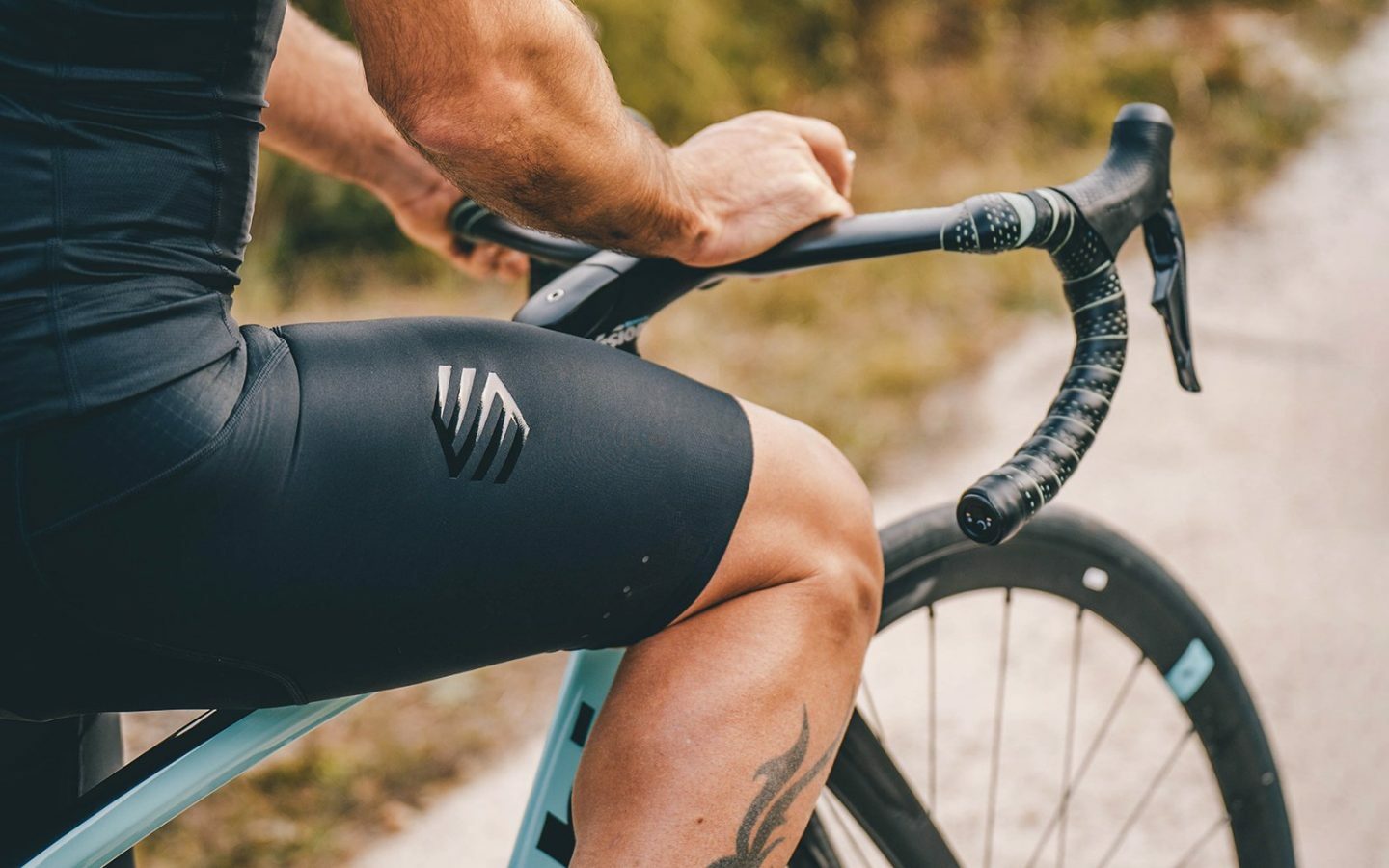
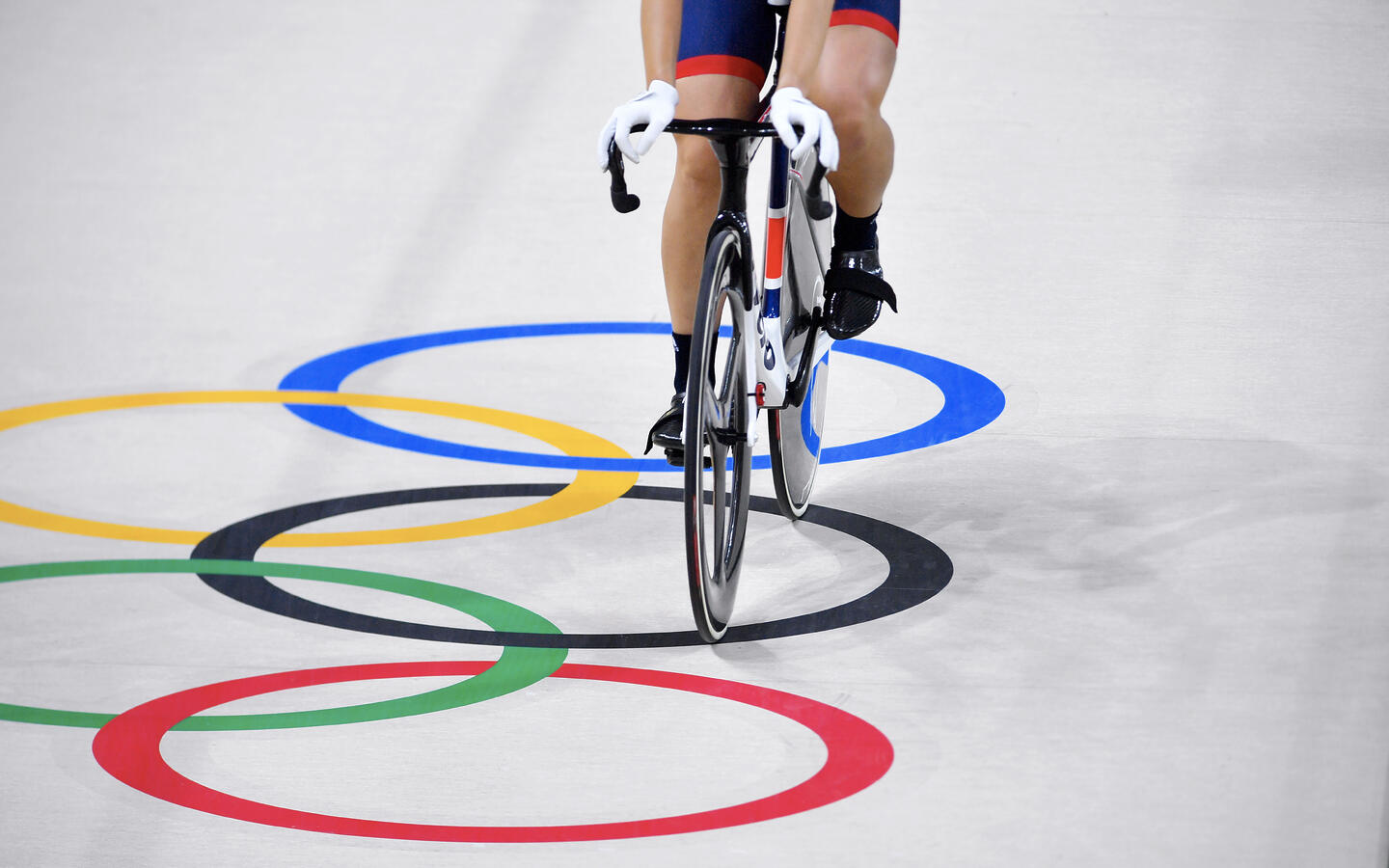
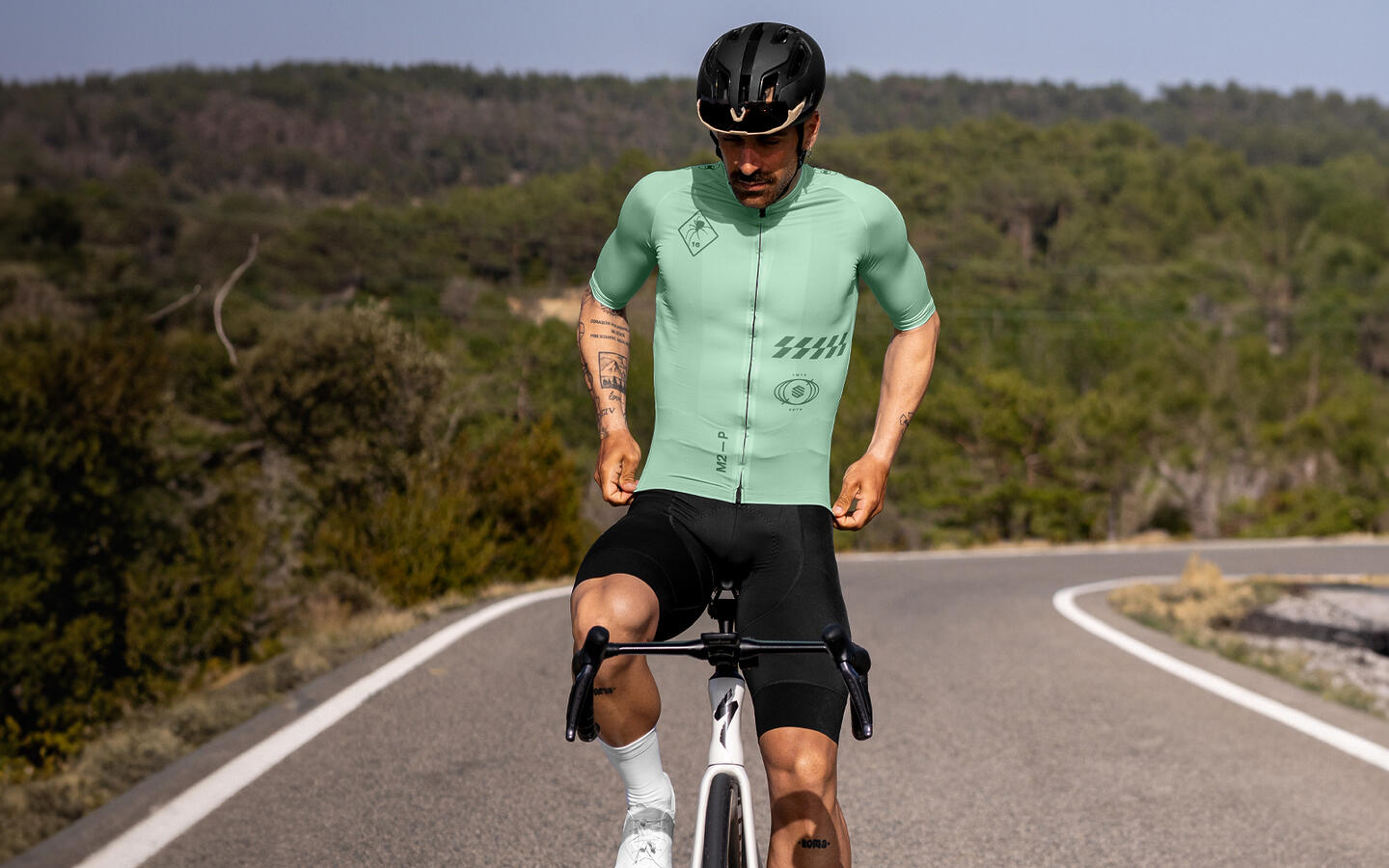
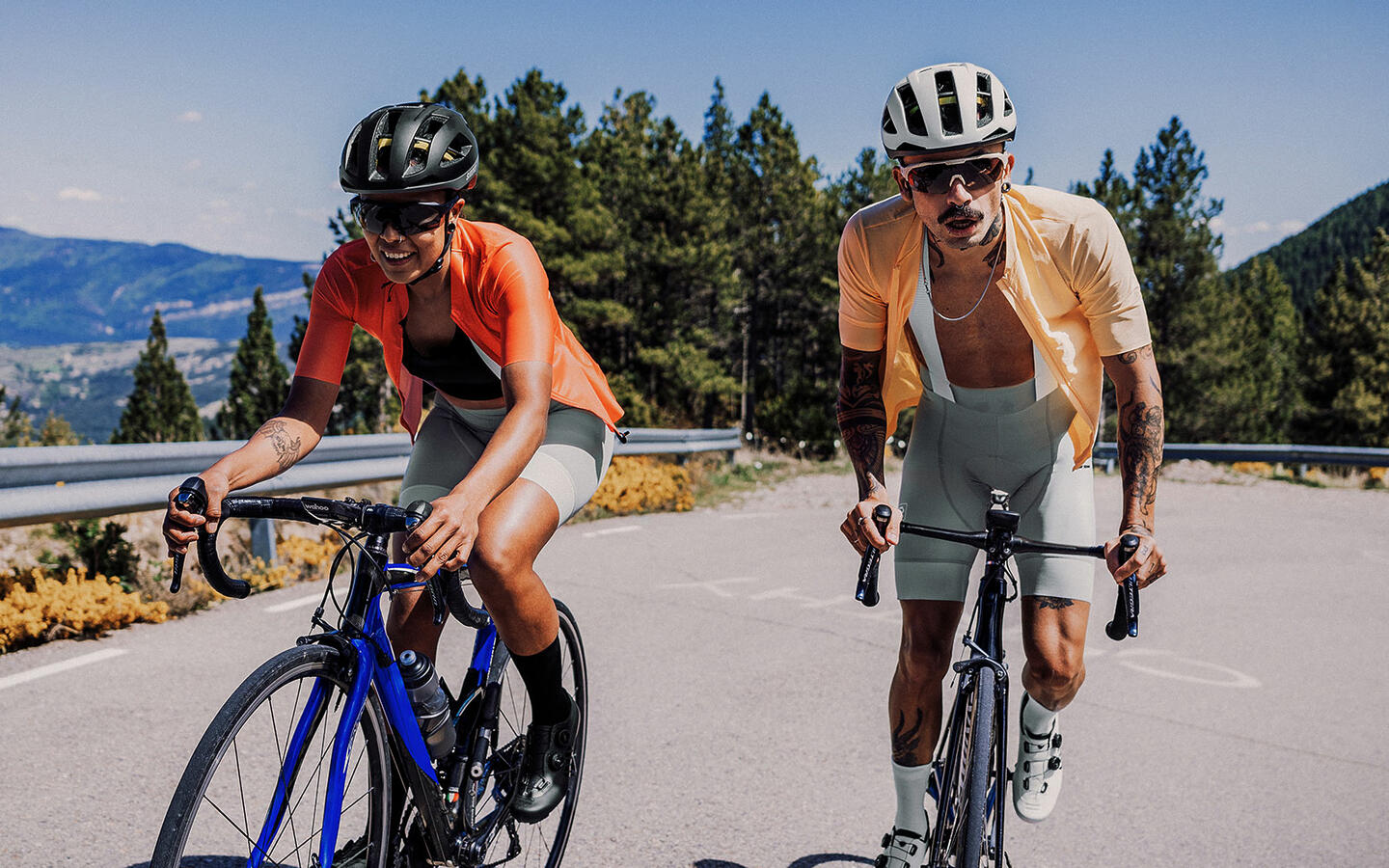
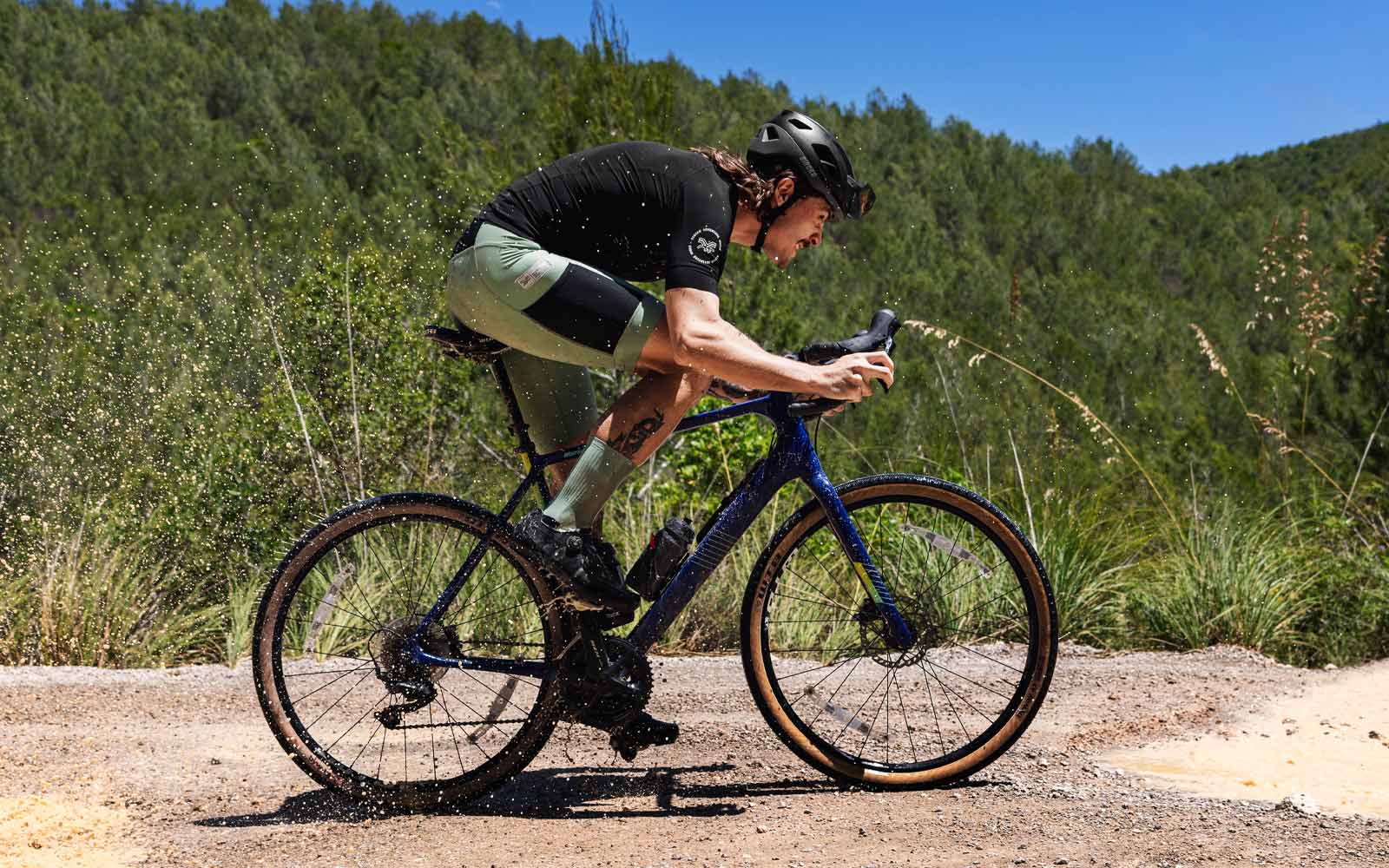
Thanks for sharing such an amazing and infortmative article for riders about Bib shorts. it’s also very helpful for to choose the best bib shorts.
Thanks for reading the article and for leaving a comment. We are happy to help.
Thank you for sharing such a detailed and insightful article – it was genuinely helpful and much appreciated!
Thank you for reading the article and leaving a comment. We are happy to help you.
Pingback: Most Comfortable Cycling Bibs - eBikeAI